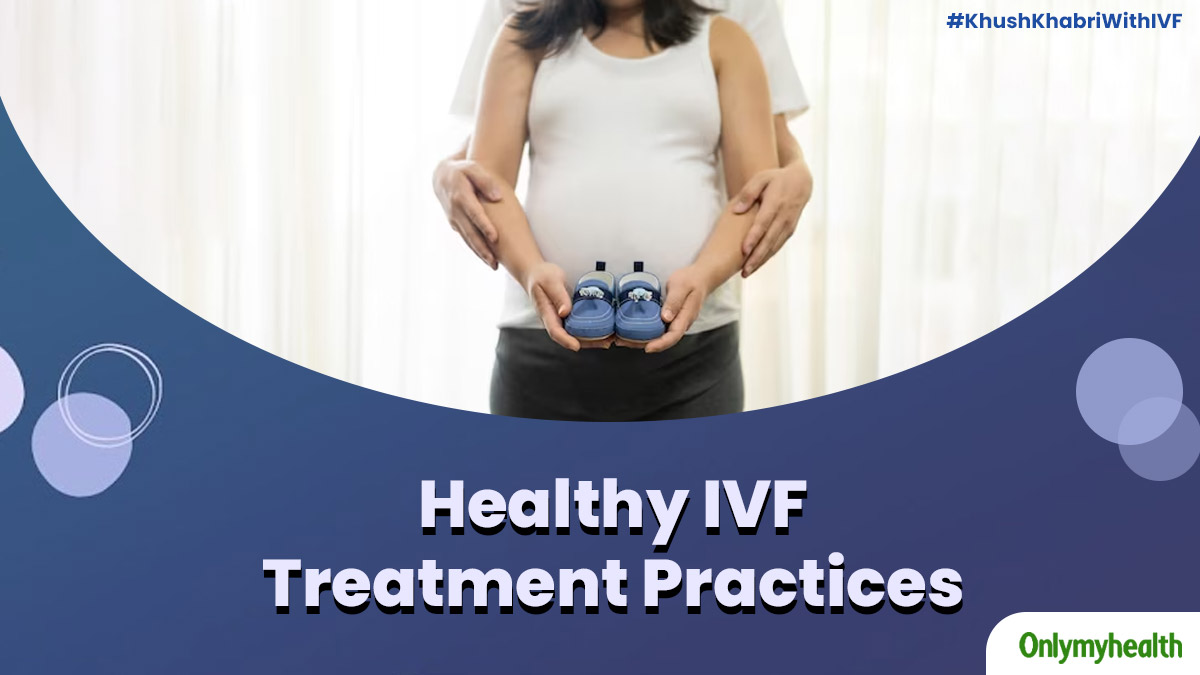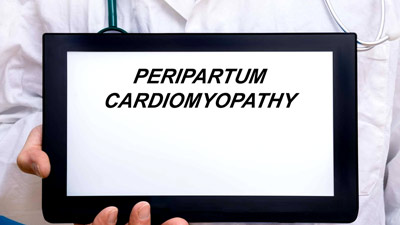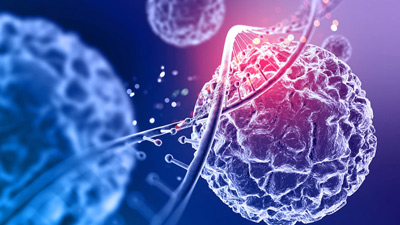
#KhushKhabriWithIVF: India recently bagged the dubious honour of being the most populous country in the world. Fertility concerns have become a major chunk of the issues our population is facing. As per WHO data, one in six couples are dealing with some form of infertility. In Vitro Fertilisation remains the most effective method of achieving fertility. This is because the female eggs and the male sperms can be sorted to find the best quality ones, fertilised with micromanipulation to overcome fertilisation obstacles, the resultant embryo grown in optimal conditions in the controlled incubators in lab and resultant embryo put back in the womb at the right time to effect pregnancy.
However there have been concerns and risks with IVF that have been much talked about.
What if we could mitigate the risk, learn from nature, and make the process of IVF as patient friendly and risk free as we could?
Of Course, we would have higher pregnancy chances; lesser risk and we would be looking at healthier mothers and children born in future!
Dr. Richa Jagtap, Co-Medical Director, ART Fertility Clinics is working on these principles. Back to nature for healthier Mother and child! So here is how it works to escalate chances of a healthier IVF treatment.
Step 1- Hormone-report based simulations
Stimulations are based on your baseline hormone reports and are modified as per your body’s response. Science and basic physiology guide us, not fixed protocols. The aim is to get superior quality eggs keeping in mind the endocrinology. Most clinics on the other hand work on premade protocols regardless of the hormone assay during stimulations.
Also Read: 5 Interesting IVF Facts That You May Not Know

Step 2- Planned transfer of embryos
It is known that our womb layers are receptive for an incoming pregnancy only 2-3 days of the month! If the embryo comes into the uterus outside this so-called window of implantation, the body will reject it. For most patients on stimulation, the uterus layer (endometrium) is more advanced than the egg growth. It is better for these patients to NOT have a fresh transfer as the advanced endometrium may not be receptive to endometrium. Hence for such patients we freeze all embryos and plan transfer in a separate month.
Step 3- Transfer at blastocyst stage
Embryos grow from one cell egg into two cells, 4 cell, 8 cell, 16 cells (morula) and eventually by day 5or 6 it becomes a blastocyst. Embryo can be transferred in the womb at any stage, but it will implant only if it can grow into a blastocyst. This is the reason, embryos must always be frozen or transferred at blastocyst stage. Else we would be transferring or freezing embryos which do not have the potential to implant.
Also Read: IVF Explained: 5-Step Procedure of IVF

Step 4- Identifying the right mode of transfer
Frozen embryos can be transferred in two ways- one where medication is given to develop the endometrium lining and second where we track the ovulation time for the woman and transfer embryo as per body’s own rhythm. All women who have a regular cycle and no endometriosis can opt for natural cycle transfer. As it is based on natural ovulation, the chances of conception, carrying pregnancy ahead and healthy pregnancy are higher. The usually associated risk of poor placenta formation and bleeding during pregnancy is also reduced. Most of all, the patient is NOT on oestrogen or Progesterone tablets, and this becomes medication free or “Purely Natural “cycle.
Also Read: IVF Queries: Why IVF Is Expensive And What Factors Contribute To Its Costing
Step 5- Practices to avoid multiple pregnancy

The most common side effect or associated issue with IVF has been ‘Multiple Pregnancy.’ As a usual practice doctors transfer 2-3 embryos each time. If all these implants, we are looking at twins or triplets which becomes a high-risk pregnancy. Multiple pregnancies are associated with higher chances of rise in blood pressure, blood sugar during pregnancy, bleeding during pregnancy and much higher chances of Caesarean deliveries. Multiple pregnancy is almost always associated with preterm delivery and its associated effects on the growth and health of children are a major concern. If we were able to choose the best embryo by its growth pattern and blastocyst stage, we can be more assured of its chances to implant and then avoid transferring multiple embryos. This current practice of Single embryo transfer goes a long way in assuring better Mother and child health.
With these simple and science driven steps, ART Clinics have been able to improve and exceed the benchmark for IVF pregnancy rates, improve safety during the treatment and make our patients happier!







